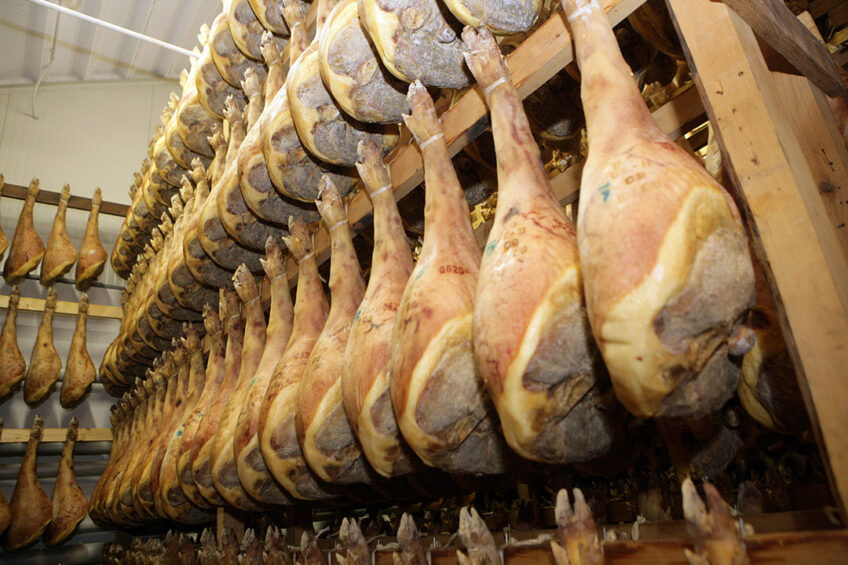This is reported by the Italian farmers’ organisation Confagricoltura. For the time being, this concerns China, Japan and Taiwan. Neighboring Switzerland has imposed restrictions on the import of pork products from Italy. In the Piedmont region, ASF was diagnosed on January 7, 2022 in a wild boar. The number of boars tested positive had risen to 7 at the end of last week. What has been reported to the World Organisation for Animal Health (OIE) is shown in the map below.
Italy has modest pork export volume
In terms of volume, Italy’s exports of pork and pork by-products to countries outside the EU are relatively small. In 2020 that came down to 142 tonnes, according to data from the French Pork and Pig Institute (IFIP), see also Figure 1. To place things into perspective: in the same year, Spain almost exported 2 million tonnes. In terms of export volume to third countries, Italy’s share amounted to 2.4%.
In terms of cash, however, things are different. Italy sold around € 700 million worth of pork products outside the EU, of which € 500 million were processed products, such as Parma and San Daniele hams as well as salamis.
ASF in Italy is extra setback
The impact of the export restrictions on Italian pork is small on paper for the European pig market. Yet it is disruptive. The pig industry has been struggling for some time with low selling prices and exceptionally high costs. Every extra setback is therefore immediately felt by pork producers.
On another note, the Italian authorities have confirmed that the strain of the virus is similar to the ones prevailing in East and Middle Europe, i.e. genotype II. That means that the strain is different from the one that has been circulating at the Italian Sardinia island for decades (genotype I).
PigUA.info by materials pigprogress.net



